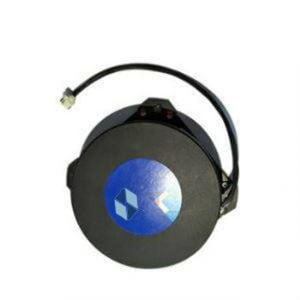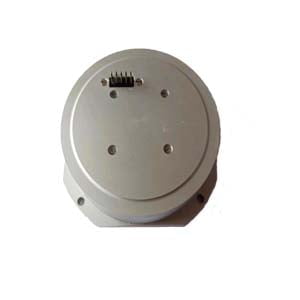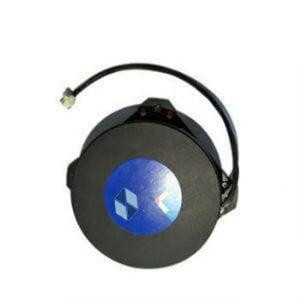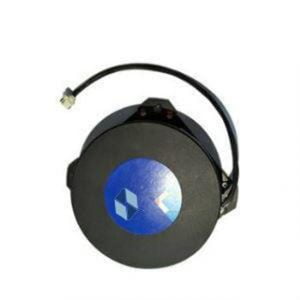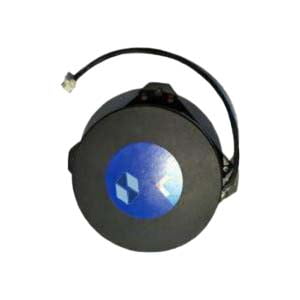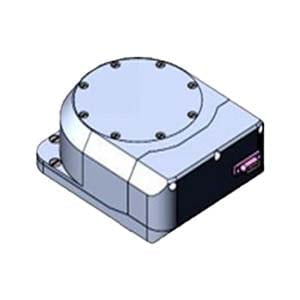The noise generated by the fiber optic gyroscope's physical structure, optical components, and photodetectors has a huge impact on the accuracy and sensitivity of its output. Moreover, the fiber optic gyroscope itself is particularly sensitive to interference from the external environment. As long as there is a slight jitter from the outside world, the output of the FOG will change, resulting in errors between the data output by FOG and the real data. There are many external factors that will cause random drift to the fiber optic gyroscope, which is also a random error.
The actual output of the fiber optic gyroscope includes not only the horizontal component of the earth's rotation angular velocity and the constant drift of the gyroscope, but also the random drift and measurement noise of the gyroscope. The former is useful information required for north-seeking calculations, and the latter is a harmful signal that causes the North-seeking accuracy to decrease. In view of the output characteristics and error mechanism of the fiber optic gyroscope, as well as the measurement noise generated during the north seeking process, using effective digital signal processing methods for filtering and denoising is an effective measure to improve the north seeking accuracy. The wavelet denoising method is an adaptive denoising method that adaptively adjusts the detection bandwidth of the filter according to changes in the fiber optic gyro output signal, which can effectively suppress random errors in the fiber optic gyro output signal.
Wavelet analysis (or wavelet transform) is a new transformation analysis method. Its main advantage is that it can fully highlight the characteristics of certain aspects of the problem through transformation. Therefore, wavelet analysis has been successfully applied in many fields. In particular, the discrete digital algorithm of wavelet transform has been widely used in the transformation research of many problems.
The principle of wavelet denoising: Wavelet transform is a powerful tool for denoising, because the essence of wavelet transform at different scales is to use band-pass filters with different center frequencies to filter the signal. Therefore, by using wavelet transform to remove the scales that mainly reflect the noise frequency, and then combining the wavelet transforms of the remaining scales for inverse transformation, a signal with better noise suppression can be obtained. In the same way, when the signal contains multiple components of different frequencies, wavelet transform can also be used to decompose these components. As the picture shows, a is the stretching factor (also called the scale factor), which changes the frequency bandwidth of the filter, and b is the translation factor, also called the position information, which determines the spatial domain or time domain information of the wavelet transform. The reciprocal 1 a of the scale corresponds to the frequency w in a certain sense, that is, the frequency is high when the scale is small, and the frequency is low when the scale is large, thus determining the frequency information in the wavelet transform. The time-frequency phase plane of the wavelet transform is shown in Figure 2. The window function changes with the transformation of the center frequency in the time-frequency phase plane. The time window becomes narrower at high frequencies and the frequency window becomes narrower at low frequencies, Therefore, it meets the requirements of time-frequency analysis of signals. It is ideal for analyzing mutational and non-stationary signals. Wavelet transform has the characteristics of multi-resolution analysis and band-pass filter characteristics, and can be implemented with fast algorithms, so it is often used for filtering, noise reduction, fundamental frequency extraction, etc.
As the picture shows, a is the stretching factor (also called the scale factor), which changes the frequency bandwidth of the filter, and b is the translation factor, also called the position information, which determines the spatial domain or time domain information of the wavelet transform. The reciprocal 1 a of the scale corresponds to the frequency w in a certain sense, that is, the frequency is high when the scale is small, and the frequency is low when the scale is large, thus determining the frequency information in the wavelet transform. The time-frequency phase plane of the wavelet transform is shown in Figure 2. The window function changes with the transformation of the center frequency in the time-frequency phase plane. The time window becomes narrower at high frequencies and the frequency window becomes narrower at low frequencies, Therefore, it meets the requirements of time-frequency analysis of signals. It is ideal for analyzing mutational and non-stationary signals. Wavelet transform has the characteristics of multi-resolution analysis and band-pass filter characteristics, and can be implemented with fast algorithms, so it is often used for filtering, noise reduction, fundamental frequency extraction, etc.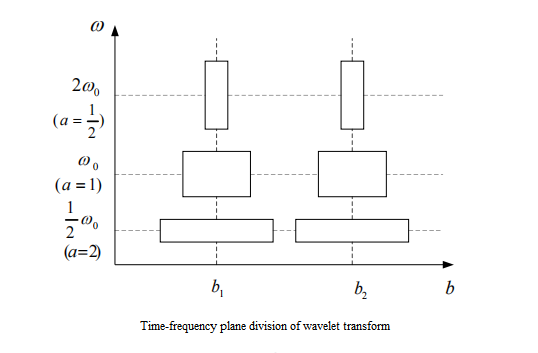 This article mainly describes the principle of wavelet removal of fiber optic gyroscope output signal noise. In addition, it can also establish reasonable models for the values and distribution of these random drifts to eliminate errors. In short, Ericco is committed to continuously exploring higher levels of development in improving product accuracy. Currently, our FOG series includes high-precision fiber optic gyroscopes, low-cost ones, single-axis ones, and three-axis ones. If you are interested in this If you are interested, please feel free to consult us at any time.
This article mainly describes the principle of wavelet removal of fiber optic gyroscope output signal noise. In addition, it can also establish reasonable models for the values and distribution of these random drifts to eliminate errors. In short, Ericco is committed to continuously exploring higher levels of development in improving product accuracy. Currently, our FOG series includes high-precision fiber optic gyroscopes, low-cost ones, single-axis ones, and three-axis ones. If you are interested in this If you are interested, please feel free to consult us at any time.
More Technical Questions
1.Research on miniaturization technology of fiber optic gyroscope
2.Application of fiber optic gyroscope in aviation field
3.Analysis of Temperature Drift Compensation Method for Fiber Optic Gyroscope
4.Processing and Analysis of Random Drift Error Based on Fiber Optic Gyroscope
5.Application of Fiber Optic Gyroscope in oil drilling field
6.Analyze the Temperature Effect Mechanism of Fiber Optic Gyroscope
Products in Article
